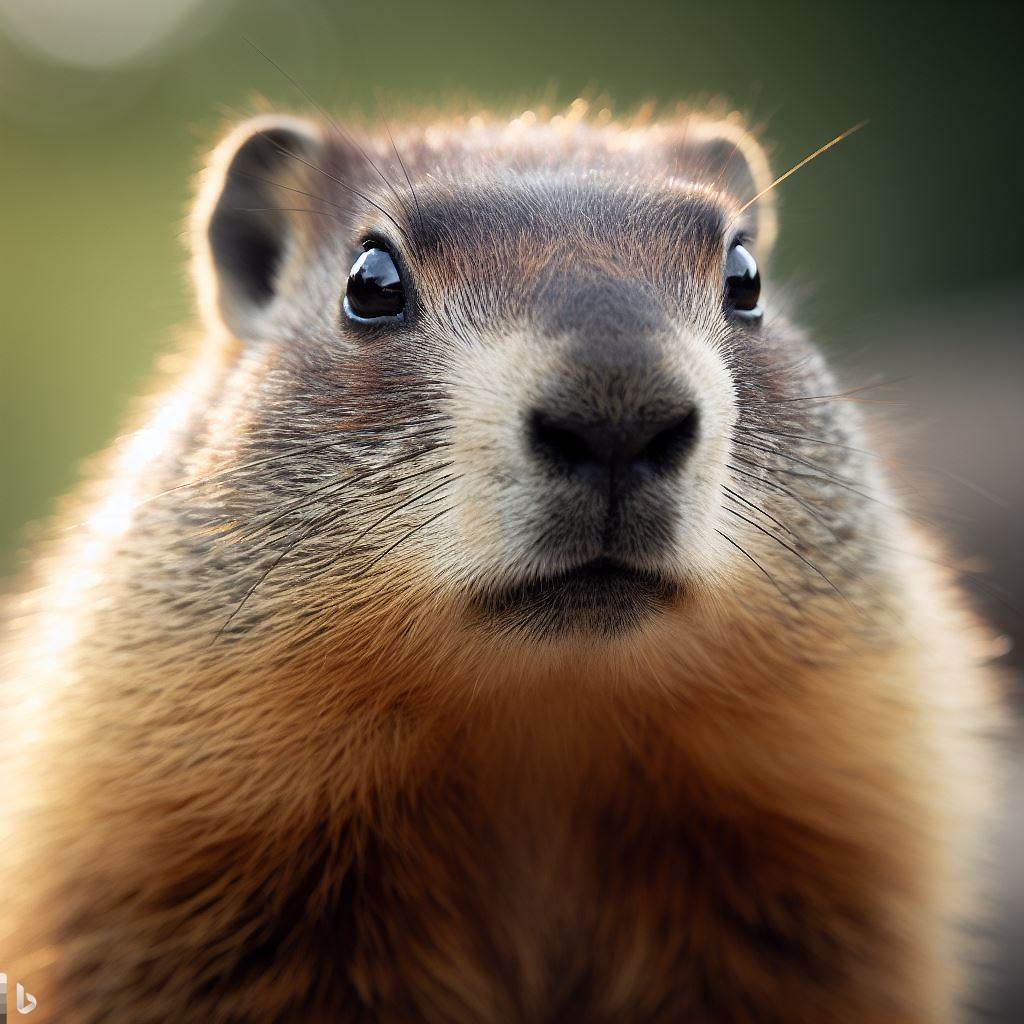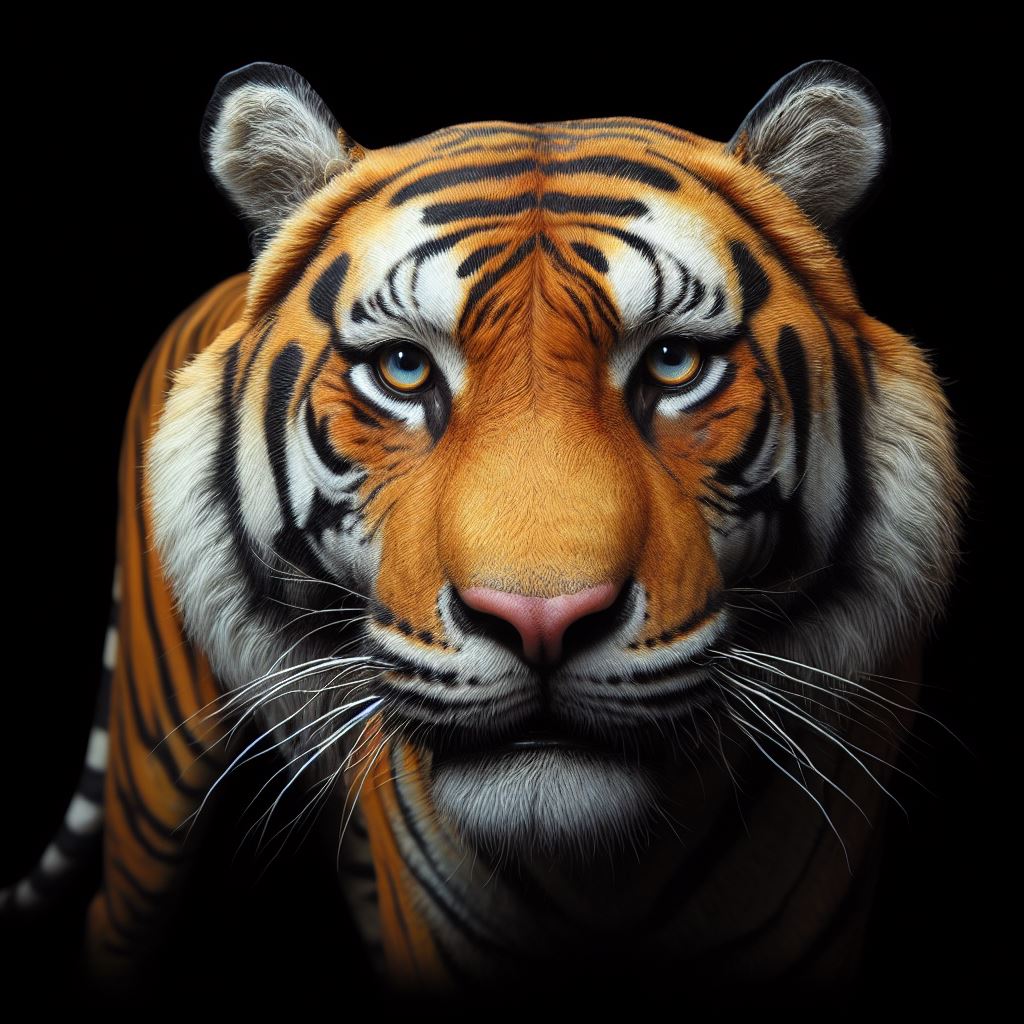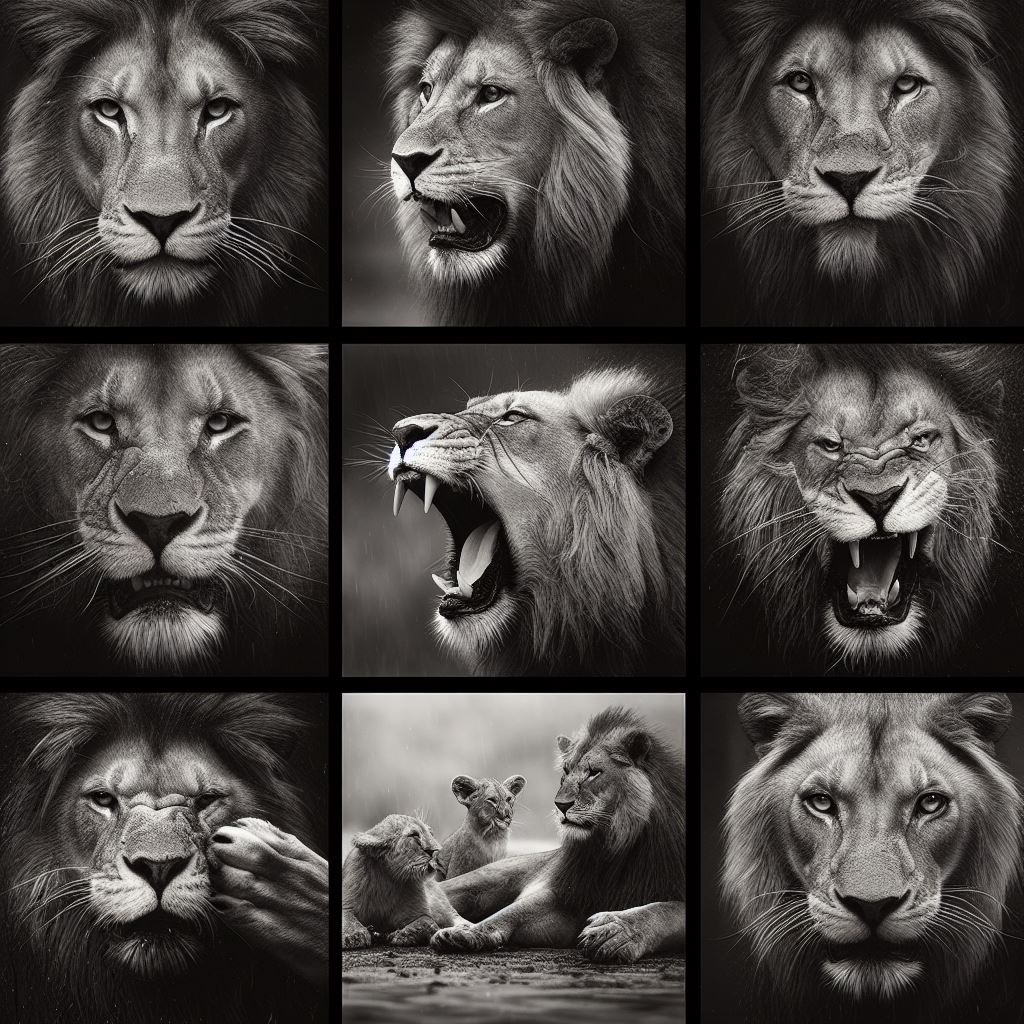Measuring merely 30 cm (12 in.) in stature and tipping the scales at around 1 kg (1-3 lb.), the black-tailed prairie dog might seem insignificant. However, they are pivotal architects and custodians of North America’s grasslands.
Their homes are intricate labyrinths of tunnels, easily identified by the signature mounds that grace their entrances. These mounds serve as natural watchtowers for sentries, enabling them to alert their kin of looming dangers.
Prairie dog society thrives on unity. The foundational unit is the clique, a close-knit family nucleus comprising an adult male, several females, and their young. Coteries, when combined, make up expansive prairie dog colonies.
Spring heralds mating season in March, leading to the birth of a litter, typically three or four pups, come April or May. A mother’s nurturing embrace shelters them underground for the initial 1-2 months. Upon their debut above ground, a collective effort ensures the pups are well cared for.
Their remarkable communication system is their shield against predators. Emitting specific warning barks, they can convey intricate information about a threat’s nature and whereabouts. Astoundingly, they can even discern human intruders based on their physical attributes.
The captivating jump-yip call, a ritual where the prairie dog arches backward with a high-pitched bark, is a spectacle often ending with them flopping onto their backs.
Their indispensable role in the plains’ ecosystem crowns them as a keystone species. Their dining preferences – which encompass grasses, forbs, roots, and seeds – ensure a lush, nutritious landscape. Moreover, their digging rejuvenates the soil, enhancing its fertility. This pastoral allure brings other majestic grazers, such as pronghorns, bison, and rabbits, to these regions.
Their burrows not only serve them but also become sanctuaries for creatures like snakes, salamanders, rabbits, and the burrowing owl. Additionally, the trimmed grass they leave behind creates nesting heavens for birds like mountain plovers.
As for predators, these prairie dogs are a sought-after delicacy for creatures ranging from golden eagles and hawks to badgers and the endangered black-footed ferret.
Facing the Winds of Change
Once populating the plains in hundreds of millions, their numbers now hover around a mere 10-20 million. Urban sprawl, agricultural expansion, and human conflict, with some considering them pests, have dealt a blow to their populations. Diseases like the sylvatic plague also ravage their numbers.
Though they briefly danced on the edge of the Endangered Species Act’s radar in 2000, further scrutiny in 2004 deemed them safe. As of now, the IUCN Red List recognizes them as a species with minimal immediate extinction threats, citing their slow decline rate. Yet, this should serve as a reminder of the fragile balance of nature and our role in preserving it



